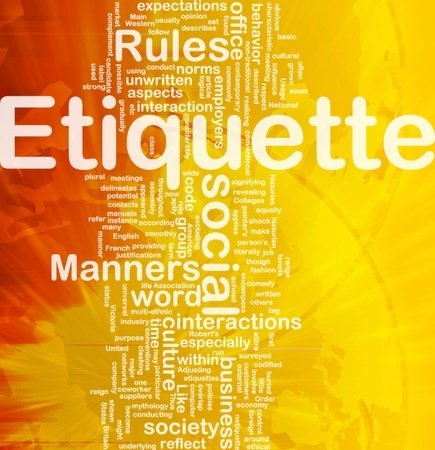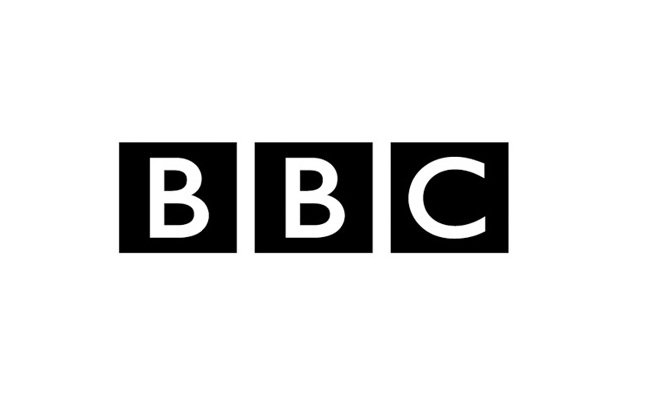The Art of Diplomatic
Communication
 Image Source: dotshock; "Happy businesspeople smiling cheerfully during a meeting in a coffee shop.", 2024. Accessed via https://www.123RF.com/photo_190447043, Standard License.
Image Source: dotshock; "Happy businesspeople smiling cheerfully during a meeting in a coffee shop.", 2024. Accessed via https://www.123RF.com/photo_190447043, Standard License.Diplomatic communication is the cornerstone of successful relationships, whether in professional settings, personal interactions, or international relations. When wielded skillfully, diplomacy can transform potentially contentious situations into opportunities for mutual understanding and agreement. Let’s explore practical strategies for using diplomatic communication to create harmonious outcomes that benefit all parties involved.
Understanding the Foundations of Diplomatic Communication
Diplomacy begins with recognizing that every interaction is an opportunity to build bridges rather than walls. The most successful negotiators and communicators understand that diplomacy isn't about avoiding conflict—it's about managing it constructively while maintaining respect throughout the process.
At its core, diplomacy requires a delicate balance of assertiveness and empathy. It is the art of expressing your needs and perspectives while simultaneously acknowledging and validating the views of others. This approach creates an environment where genuine dialogue and sustainable solutions can emerge.
Employing the essential elements of communication build the foundation of diplomacy skills:
- Active Listening
This involves more than simply hearing words—it requires full engagement with the speaker's message, including their underlying concerns and emotional state. When people feel truly heard, they become more receptive to alternative viewpoints and potential compromises.
- Thoughtful Response Formation
Diplomatic communicators carefully choose their words and timing. They understand that how something is said often matters as much as what is said. This means avoiding reactive responses and instead taking time to formulate well-considered replies that advance the conversation constructively.
- Non-Verbal Communication
Body language and facial expressions play crucial roles in diplomatic interactions. Maintaining appropriate eye contact, using open posture, and displaying genuine interest through subtle nodding and facial expressions can significantly impact how messages are received and interpreted.
Strategies for Creating Agreeable Situations
Using the essential elements of communicating, you can form a strategic approach to expressing your position on a topic, negotiating a solution, and resolving conflict.
- Frame Issues Collaboratively
Rather than presenting situations as conflicts between opposing sides, diplomatic communicators frame challenges as shared problems requiring collaborative solutions. This shift in perspective encourages parties to work together rather than against each other.
- Focus on Interests, Not Positions
Skilled diplomats look beyond stated positions to understand the underlying interests driving them. By identifying these core concerns, they can often find creative solutions that address everyone's fundamental needs, even when initial positions seemed incompatible.
- Build Common Ground
Finding areas of agreement, no matter how small, creates a foundation for addressing more challenging issues. Diplomatic communicators actively seek and highlight these points of convergence, using them as stepping stones toward broader agreement.
- Manage Emotions Effectively
Emotional intelligence is crucial in diplomatic communication. This includes recognizing and managing your own emotions while responding appropriately to others' emotional states. Maintaining composure during tense moments helps prevent escalation and keeps discussions productive.
Implementing your communication strategies requires attention to detail and a bit of finesse. Timing and environment impact communication outcomes. Choose moments when all parties are calm and receptive, and select settings that promote comfortable, uninterrupted dialogue.
You must also choose your words carefully. Words that emphasize collaboration and shared goals help create a more constructive atmosphere. Replace confrontational terms with inclusive alternatives that encourage joint problem-solving. Using “I” statements is a good start to achieve this.
Validate others' viewpoints even when you disagree. This doesn't mean accepting their position, but rather showing that you understand and respect their perspective, which opens the door for reciprocal understanding.
Even the most skilled diplomatic communicators face obstacles. Common challenges include dealing with strong personalities, managing cultural differences, and maintaining patience during prolonged negotiations. Success often requires persistence, flexibility, and a willingness to adjust your strategies as situations evolve.
The Long-Term Benefits of Diplomatic Communication
Mastering the art of diplomacy is a valuable skill that can transform challenging situations into opportunities for growth and collaboration. Beyond resolving immediate issues, this approach builds stronger relationships, enhances professional reputation, and creates a positive environment for future interactions. Organizations and individuals known for their diplomatic prowess often find themselves better positioned to achieve their objectives while maintaining valuable relationships.
By incorporating these principles and strategies into your communication approach, you can create more agreeable situations that benefit all parties involved. Remember that diplomatic communication is not about winning at all costs—it's about finding solutions that respect everyone's interests while maintaining positive relationships for the future.














